Gratitude Practice
Family Activity: Gratitude Tree
We know our children are happier when they’re feeling thankful for something they have (rather than wishing for something they don’t have). Luckily, gratitude is an emotion we can strengthen with practice, and one way to engage the whole family in gratitude practice is to create a gratitude tree.
An adult or older child can draw (or trace) a tree on a large piece of paper and cut leaf-shaped pieces from colored construction paper. At dinner, each family member can share something for which they’re feeling grateful—this can be a person or an animal, a place, an object, a feeling, or something that’s happened to them—and then write a word or draw a picture representing this thing on a leaf and tape it to the tree.
The whole family watches the tree blossom with gratitude! New leaves can be added whenever anyone is inspired to share.
Another option is to create a gratitude chain. Cut thick strips of paper, on which people write (or adults write for young children) feelings of gratitude. Then roll these papers into circles and tape them together to make a chain, which gets longer as the practice continues.
This activity is a place to be creative. If you have another way to express gratitude that works better for your family, then that’s your practice. Make this activity your own! The most important element is to practice gratitude with regularity.
Adult Practice: Gratitude Journaling + guided reflections
research and benefits
Research with people who write about what makes them grateful/thankful has shown that regular gratitude journaling can help people feel:
Happier. They experience an increase in positive moods (also called positive affect);
More optimistic (positive) about the future—they are more likely to think that good things will happen;
More connected with others;
More thankful. Reflecting on the people, experiences, and circumstances for which they are thankful helps people notice when they are feeling thankful (and therefore happier).
People who keep a gratitude journal also:
Experience better sleep and wake up feeling more refreshed;
Are more likely to help others with a personal problem or offer emotional support.
journaling tips
Here are some tips to make gratitude journaling especially effective:
Write with as much concrete detail as possible;
Be specific whenever you can;
Try to write about people to whom you feel grateful (rather than focusing on material things for which you feel grateful—though any feelings of gratitude will be of benefit).
Remember: there is no wrong way to do gratitude journaling, and we don’t have to write every day to experience benefits. Once or twice a week will help. Plus, you needn’t have a special journal in which to write. You can use a notebook or pieces of scrap paper. It’s the intentional act of acknowledging our gratitude—not a “pretty” outcome—that makes a difference.
gratitude reflections
Sit comfortably in a chair or on a cushion on the floor. Let your posture be upright, yet relaxed. We’re looking for attention with ease: not too tight and not too loose. You can close your eyes to remove visual distractions, or you can leave them open with a soft gaze downward. Choose one of these short practices:
After you try the family activity and adult practices, we welcome your feedback. Click here to complete a quick and easy survey.
→ back to the family mindfulness homepage
[Quick menu to family mindfulness sessions: Settling, Breath and Body, Emotions, Changing Nature, Gratitude, Movement]
open your heart.



